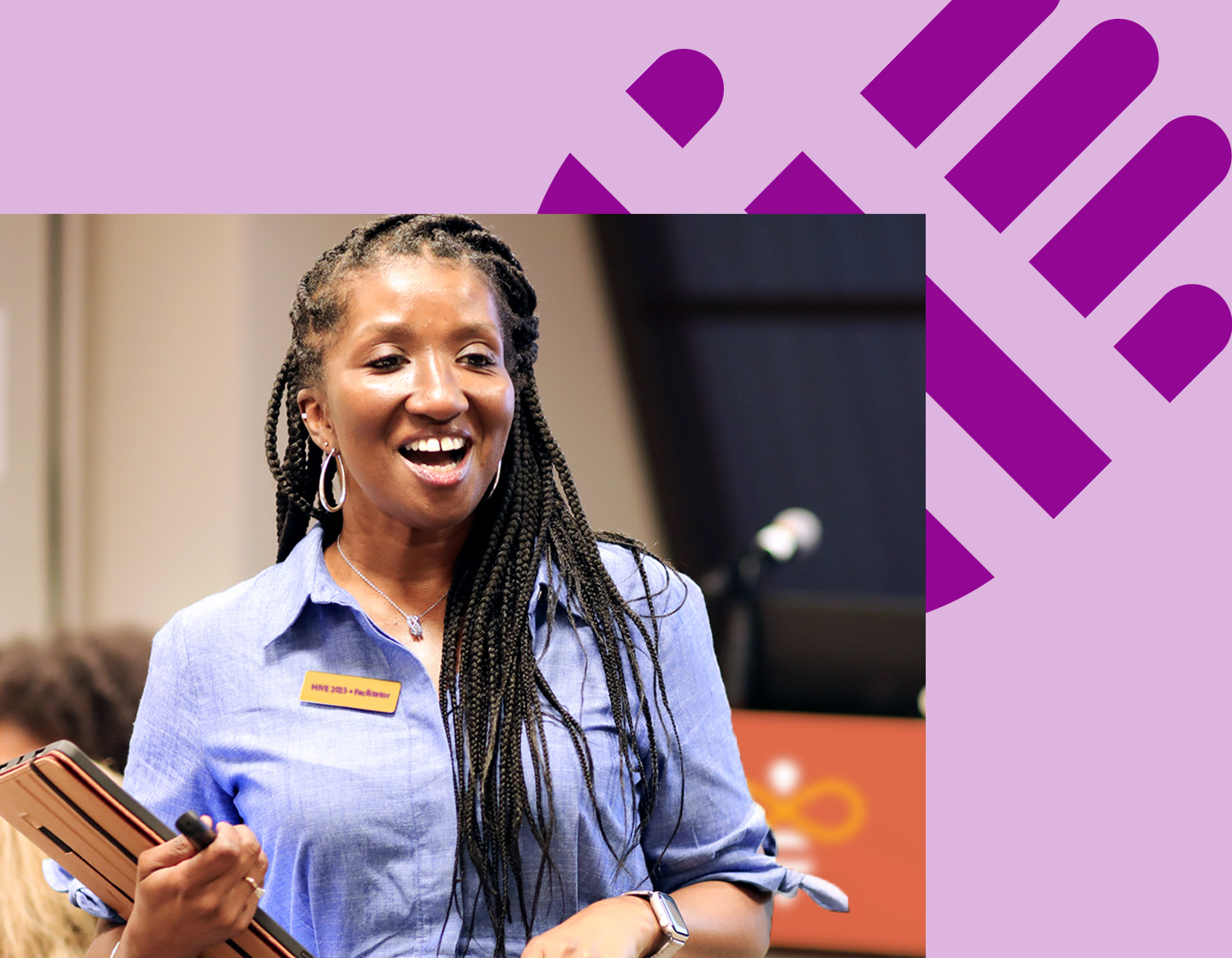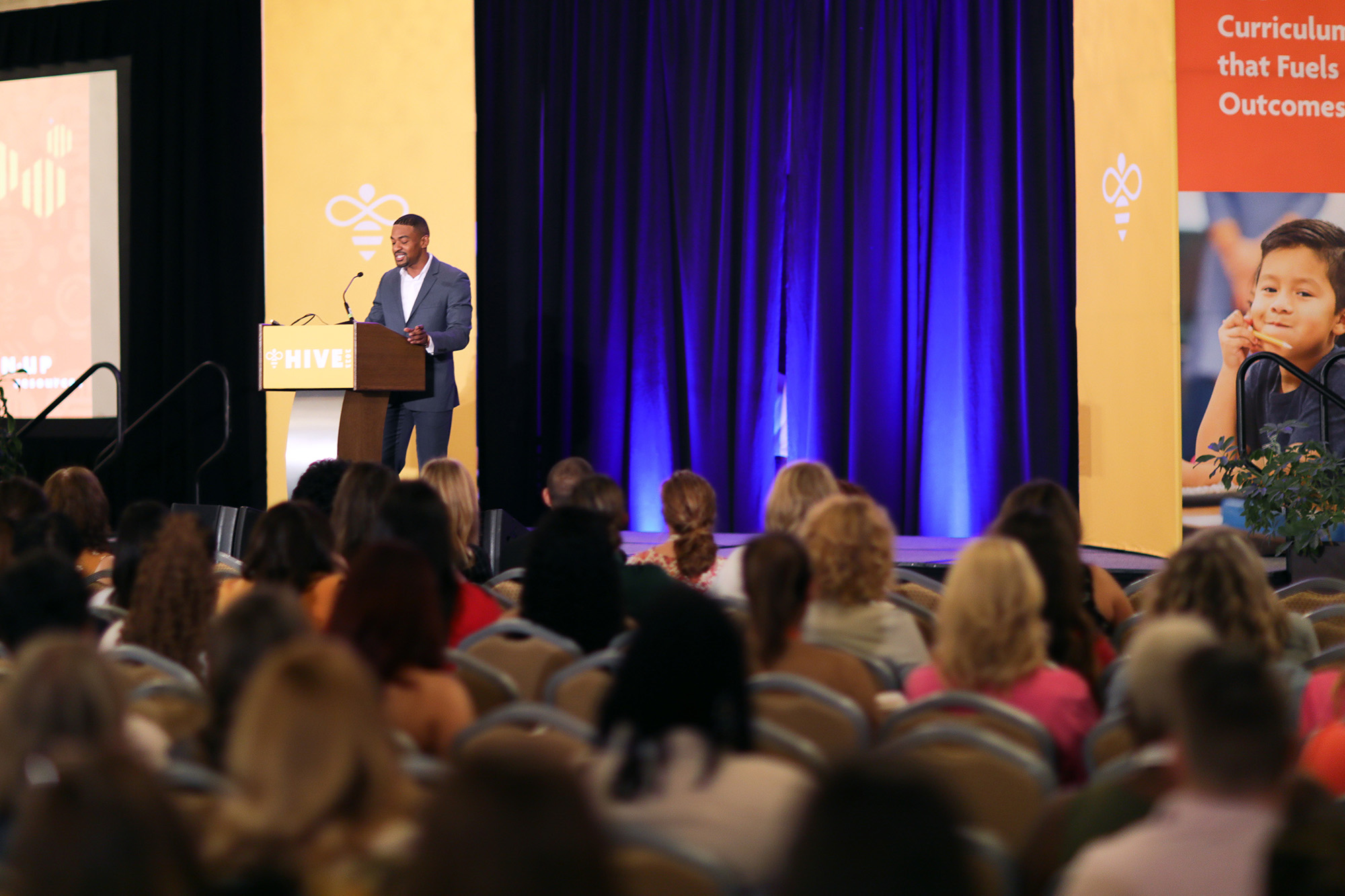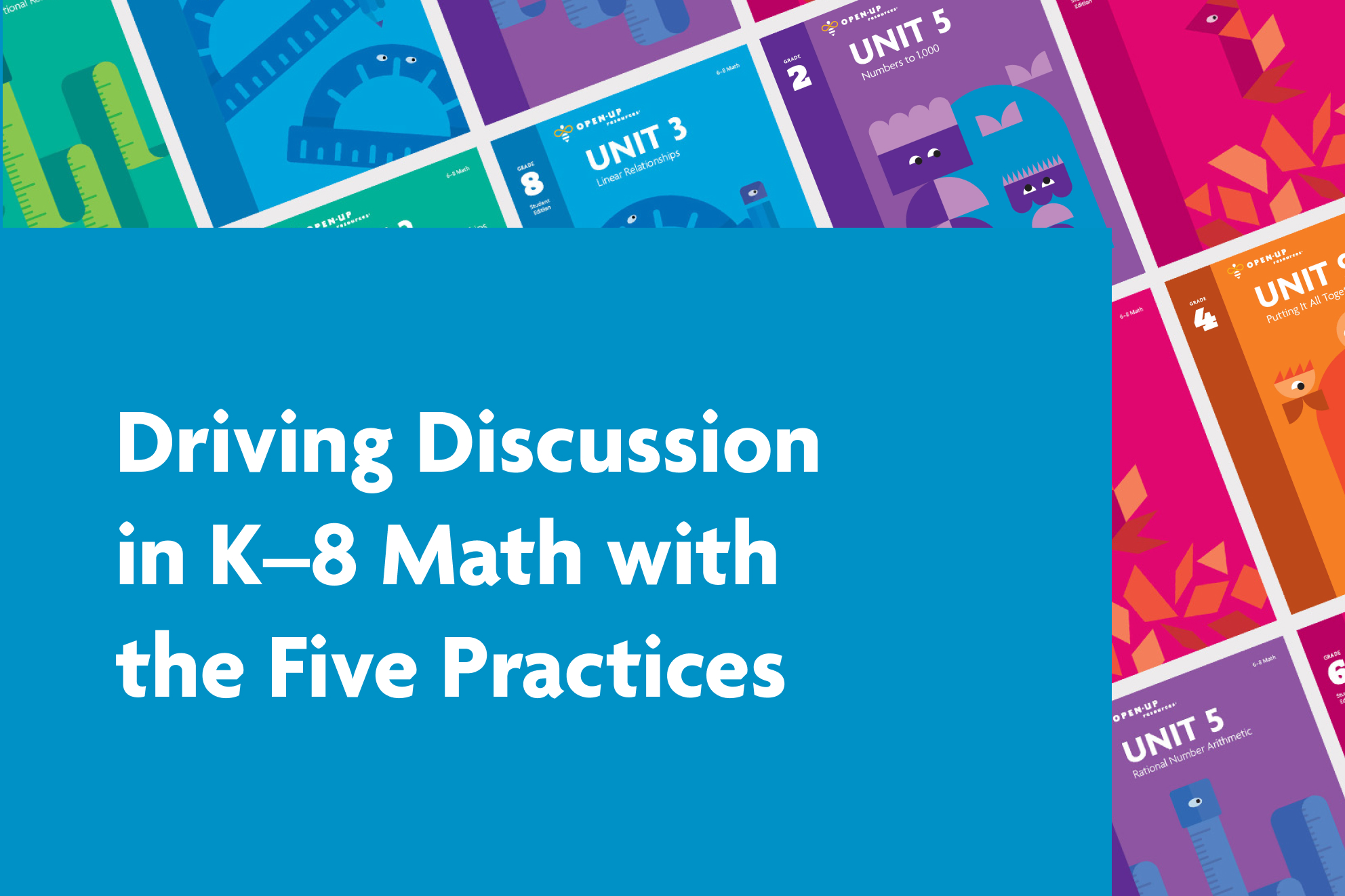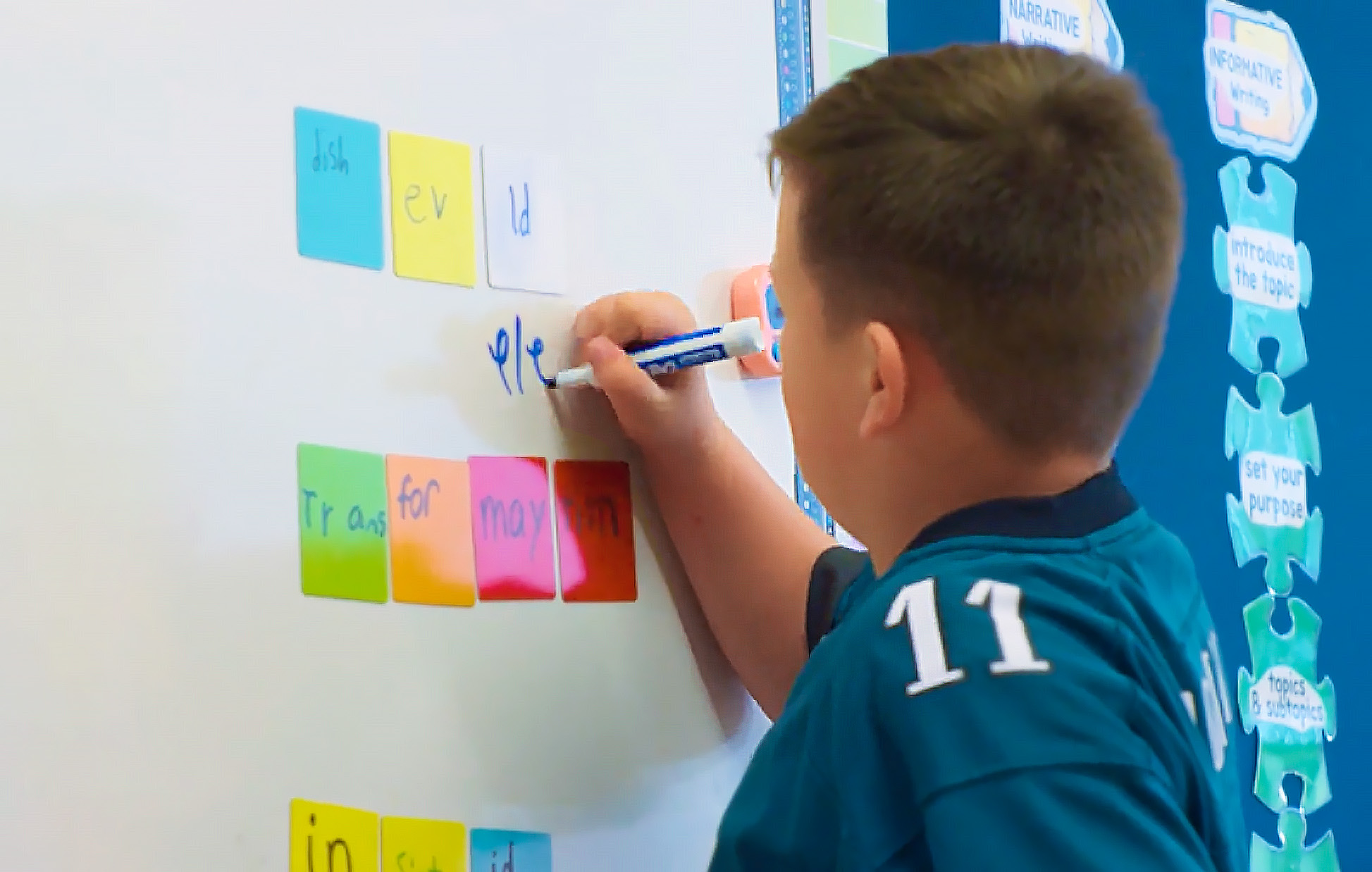Our Approach
What sets Bookworms K–5 Reading & Writing apart?

English Language Arts
-
Teacher-supported above Grade Level Text
-
Rich conversation and student discourse with the teacher and peers
-
Mix of Interactive Read Aloud and Genre-Based Writing (~50/50)
-
Knowledge-building through a wide variety of texts
-
Explicit Vocabulary Instruction (Content-specific terms)
-
Explicit teacher modeling of comprehension skills
-
Research-based Grammar Instruction (Sentence Composing)

Shared Reading
-
Teacher-supported Grade Level Text
-
Choral / partner reading
-
Fluency Building
-
Comprehension Building
-
Explicit Vocabulary Instruction
-
Word Study
-
Written Response Assignments

Differentiated Instruction (DI)
-
Multiple-entry foundational skills block informed by the Science of Reading
-
Incrementally skill building to more complex literacy skills
-
Small group instruction
-
Using diagnostic assessment data to inform instruction and student groupings
-
Lesson scripts and lesson templates to facilitate each group
-
The progress monitoring assessments used to evaluate success after each set of lessons
What’s Included
Available in Print & Digital Formats
Teacher Materials
Teacher manuals, teacher lesson plans, and trade texts
Student Materials
Student Workbooks
We believe Professional Learning is a key ingredient.
Our team provides: Curated in-person and virtual offerings, monthly PLC meeting led by a team of Community Coaches, Facebook Bookworms Community Group, and a University of Delaware Student Success Center Partnership. rnrn

We’re here to help.
Wherever you are on your implementation journey, Open Up Resources is ready to support you.













